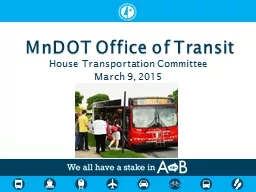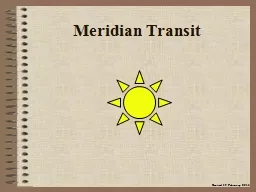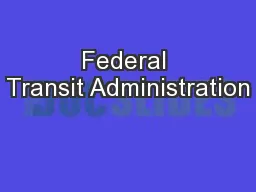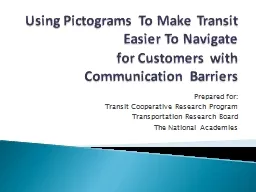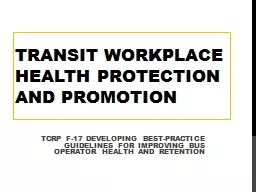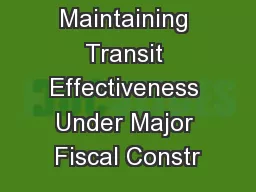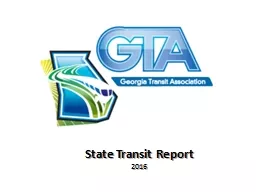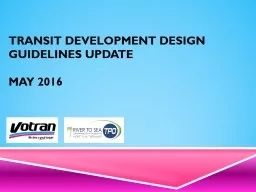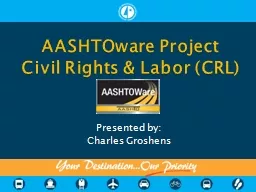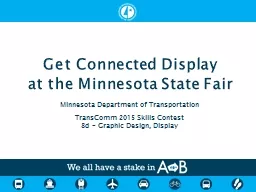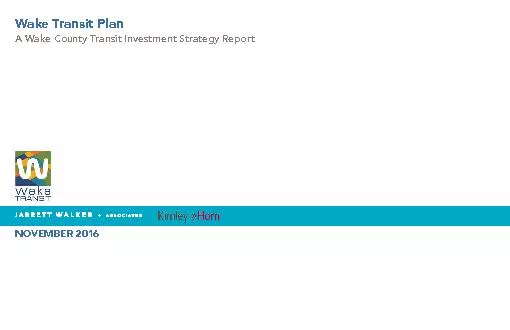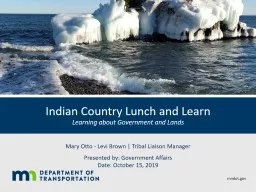PPT-MnDOT Office of Transit
Author : yoshiko-marsland | Published Date : 2018-09-16
House Transportation Committee March 9 2015 Management Services Section Direct planning and research Manage federal grants Grant writing payments closeouts reporting
Presentation Embed Code
Download Presentation
Download Presentation The PPT/PDF document "MnDOT Office of Transit" is the property of its rightful owner. Permission is granted to download and print the materials on this website for personal, non-commercial use only, and to display it on your personal computer provided you do not modify the materials and that you retain all copyright notices contained in the materials. By downloading content from our website, you accept the terms of this agreement.
MnDOT Office of Transit: Transcript
Download Rules Of Document
"MnDOT Office of Transit"The content belongs to its owner. You may download and print it for personal use, without modification, and keep all copyright notices. By downloading, you agree to these terms.
Related Documents

